Introduction

Childhood allergies are on the rise, casting a shadow on children's health and happiness. Indoor air quality plays a crucial role in managing these allergies, and air purifiers emerge as powerful allies in creating a haven of clean air for our little ones. This article delves into the intricate relationship between childhood allergies and indoor air, explores the benefits of air purifiers, and equips parents with practical tips for ensuring their children breathe clean and healthy air.
Understanding the Enemy: Characteristics of Childhood Allergies
Increased Sensitivity: Due to their developing immune systems, children are more vulnerable to common allergens like dust mites, pollen, and pet dander. This heightened sensitivity manifests in symptoms like nasal congestion, coughing, sneezing, itchy eyes, and skin irritation.
Indoor Air Quality Matters: Homes, ironically, can harbor hidden enemies. Dust mites, mold spores, and even chemical pollutants like VOCs and SVOCs lurk in the air, exacerbating allergy symptoms and hindering children's well-being.
Air Purifiers: The Guardians of Clean Air

Filtering the Foes: Equipped with HEPA and activated carbon filters, air purifiers act as vigilant guards, capturing and removing airborne allergens and chemical pollutants. These filters act like microscopic nets, trapping even the tiniest threats.
Breathing Easy: Beyond allergen removal, air purifiers neutralize odors, bacteria, and viruses, leaving behind fresh, purified air for your child to breathe. This healthier environment reduces allergy triggers and allows your child to sleep soundly and breathe freely.
Choosing the Right Defender: Selecting an Air Purifier for Your Child
Room Size Matters: CADR (Clean Air Delivery Rate) tells you how effectively an air purifier cleans a specific room size. Choose an air purifier with a CADR value suitable for your child's room to ensure optimal air circulation and filtration.
Filter Power: Prioritize air purifiers with HEPA filters for allergen removal and activated carbon filters for chemical pollutant control. This double-layered defense ensures maximum protection for your child's sensitive nose.
Safety First: Opt for air purifiers with child-safe features like stable bases and secure filter covers to prevent accidents and ensure ease of use.
Protecting Tiny Lungs: Using and Maintaining Your Air Purifier
Follow the Guide: Manufacturer instructions are your allies. Properly install and use your air purifier for optimal performance, and remember to replace filters regularly to maintain its effectiveness.
Keep it Clean: Regular cleaning of the air purifier's housing and air intake ensures it functions at its best, consistently delivering clean air to your child.
Conclusion
Air purifiers are not just appliances; they are champions in the fight against childhood allergies. By choosing the right one, using it correctly, and keeping it maintained, parents can create a safe and healthy environment for their children to breathe, grow, and thrive. Recognizing the significance of indoor air quality as a crucial factor in managing childhood allergies empowers parents to take control and pave the way for healthier, happier journeys for their little ones.

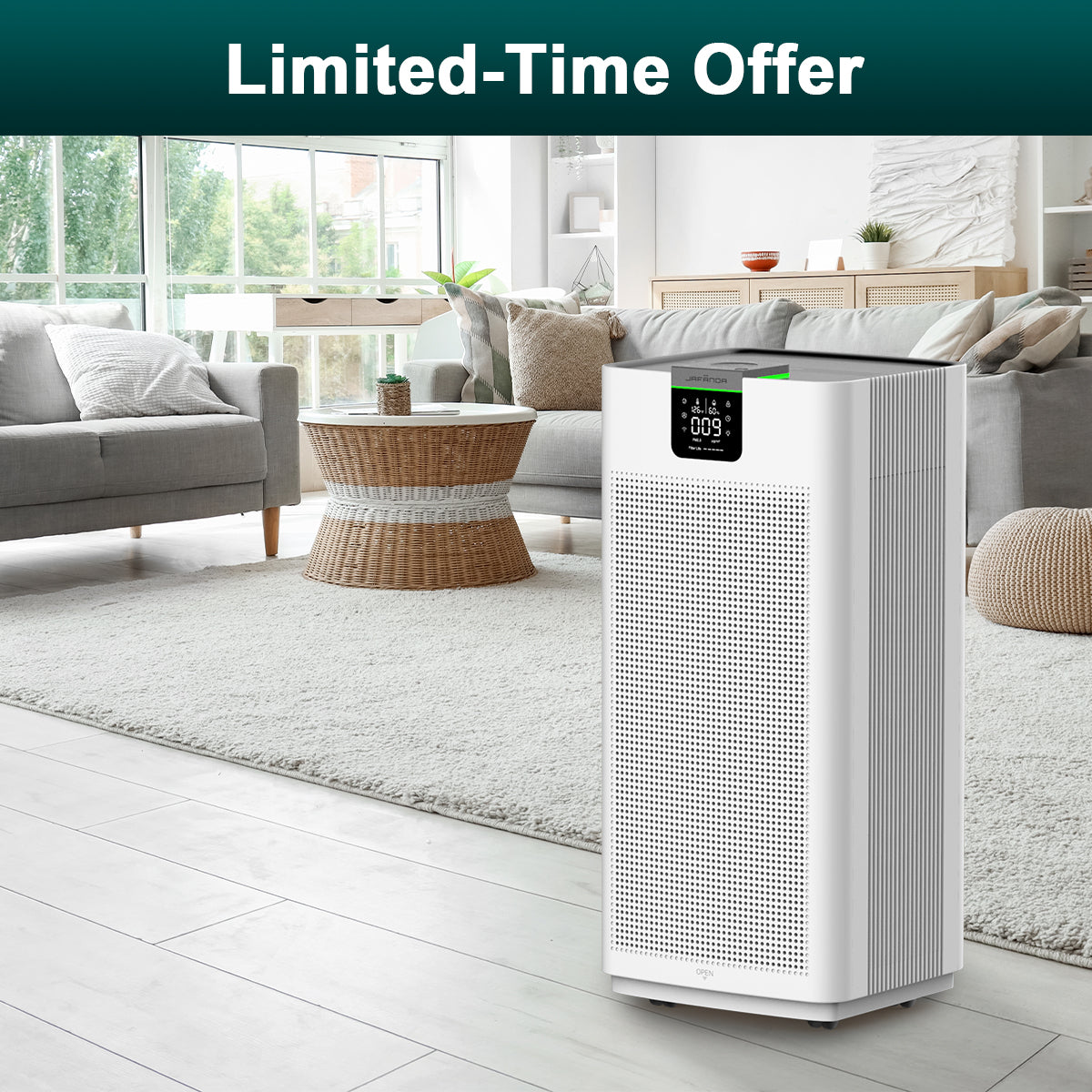
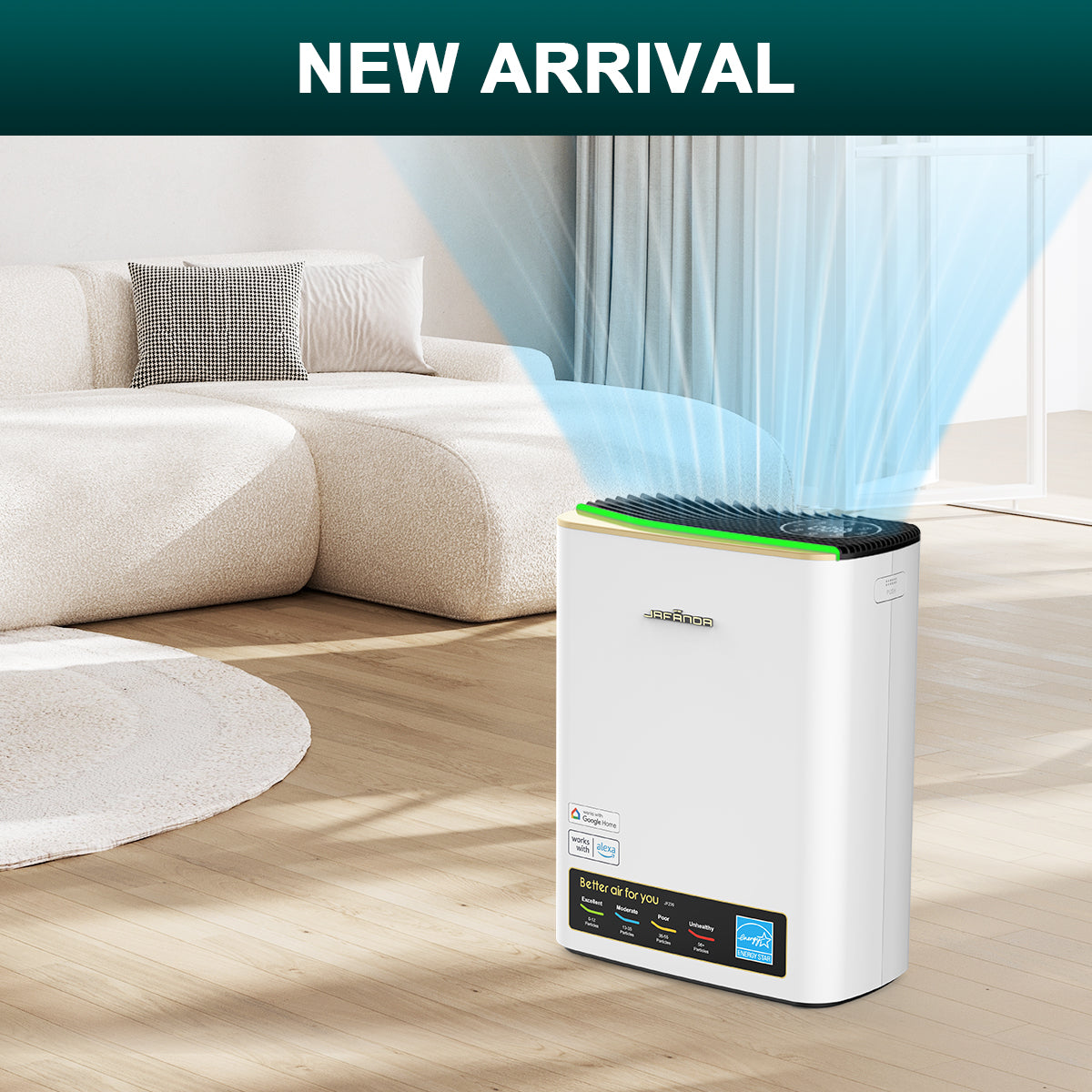
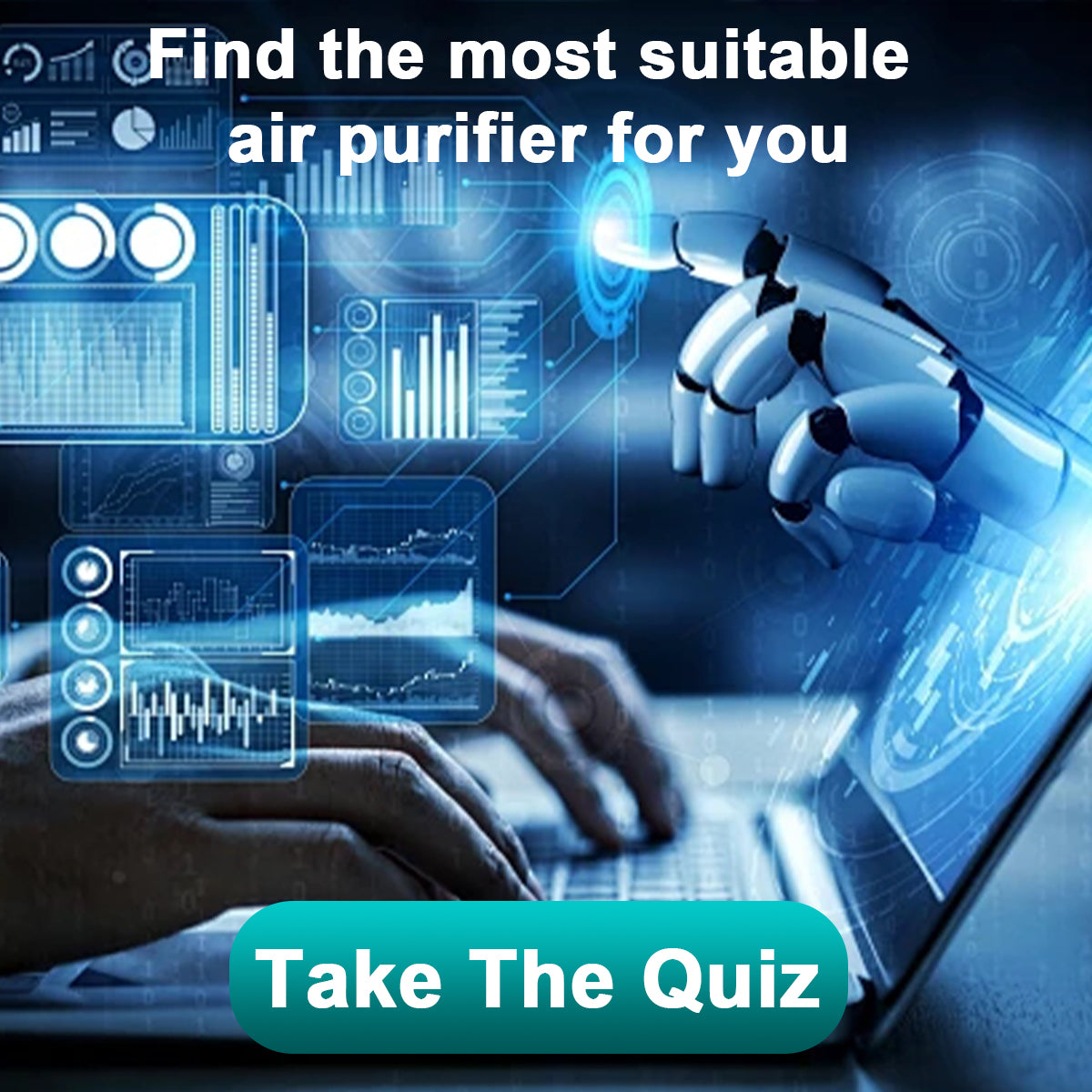
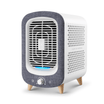
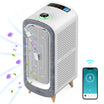
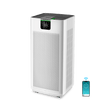
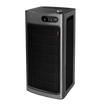
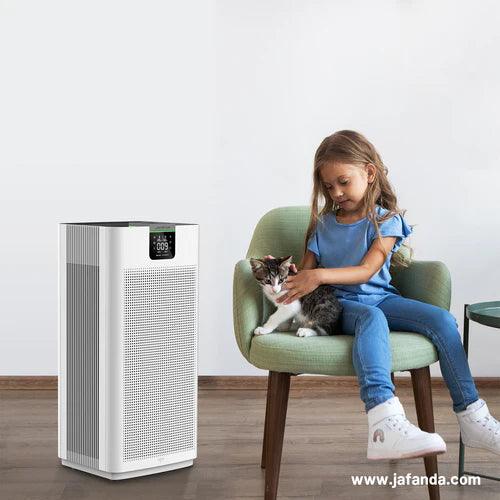
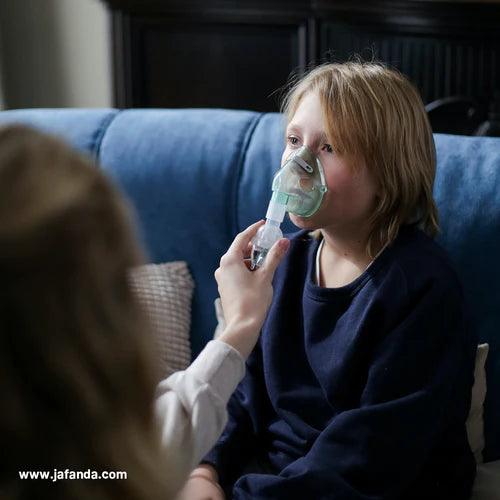
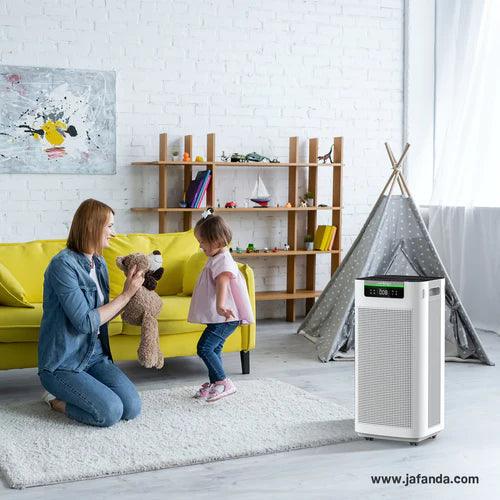
Leave a comment
All comments are moderated before being published.
This site is protected by hCaptcha and the hCaptcha Privacy Policy and Terms of Service apply.